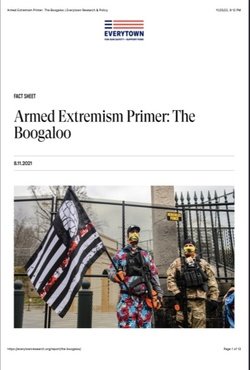By Jonathan Kenyon, Jens Binder, and Christopher Baker-Beall
This study explored the role of the Internet in radicalisation pathways of convicted extremist offenders in England and Wales, continuing the work previously reported in Kenyon et al. (2021b). Specific considerations included technological advances and changes in online activities, exploring the relevance of mental health including specific types of difficulties and disorders, and focusing on the sub-group of convicted extremist offenders identified as attackers. Methodological approach and interpreting findings The study built on an existing data set of 269 individuals from the study by Kenyon et al. (2021b) but expanded the numbers substantially by adding those with a completed initial Extremism Risk Guidance (ERG22+) report from January 2018 to December 2021. This resulted in a data set of 490 individuals who had been convicted of an extremist offence, equating to nearly all offenders who have been subject to either a Structured Risk Guidance (SRG) or initial ERG22+ report from October 2010 up to December 2021. The analysis focused on 437 individuals who were identified as ‘Radicalised Extremists’ following a review of all reports. Online behaviours commonly associated with radicalisation, demographic information and offence characteristics were coded for all cases. Professional ratings for overall levels of engagement, intent and capability to commit violent extremist acts were also included. Future offence data was obtained for all individuals by accessing up-to-date offending information and reviewing their current location. Statistical analyses were used to compare three radicalisation pathway groups: those who primarily radicalised online; those who primarily radicalised offline; and those subject to radicalising influences in both the online and offline domain
London: Her Majesty's Prison and Probation Service, Ministry of Justice Analytical Series , 2022. 70p.





















